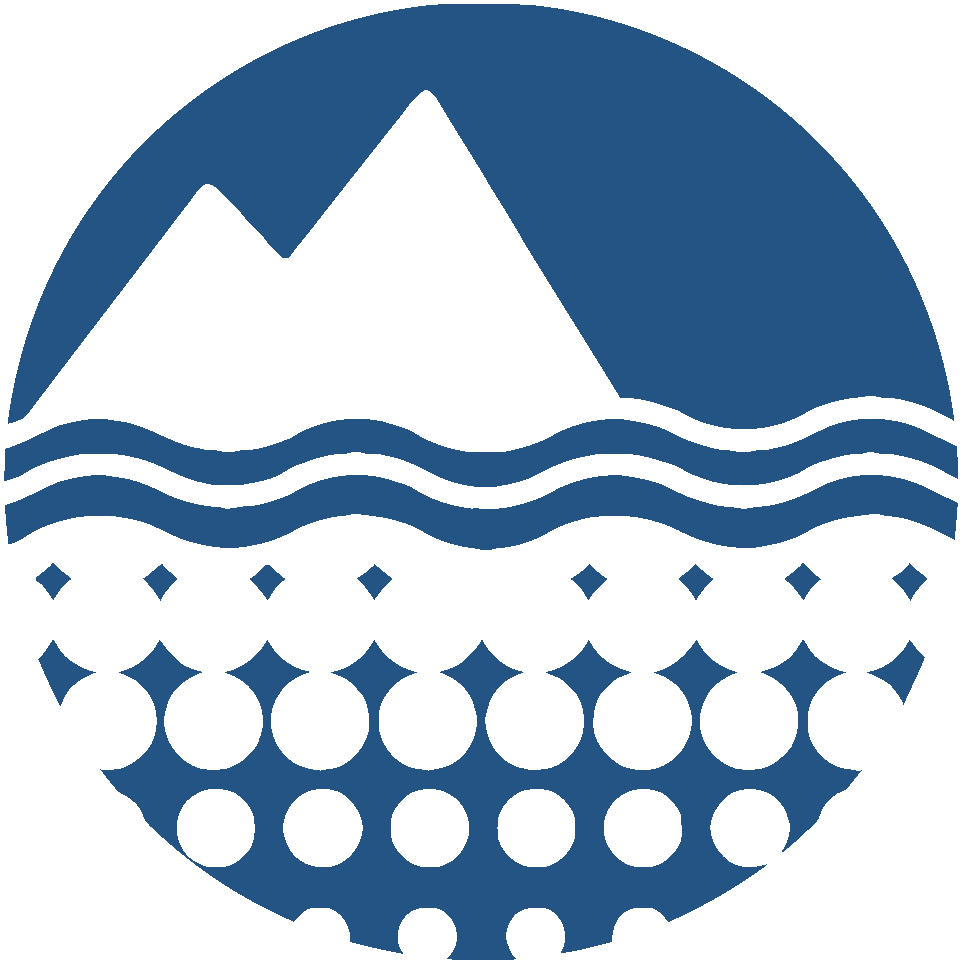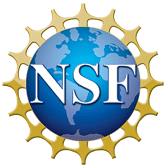{"dp_type": "Dataset", "free_text": "Lake Fryxell"}
[{"awards": "0124014 Hall, Brenda", "bounds_geometry": ["POLYGON((163.053 -77.599,163.0741 -77.599,163.0952 -77.599,163.1163 -77.599,163.1374 -77.599,163.1585 -77.599,163.1796 -77.599,163.2007 -77.599,163.2218 -77.599,163.24290000000002 -77.599,163.264 -77.599,163.264 -77.60130000000001,163.264 -77.6036,163.264 -77.6059,163.264 -77.6082,163.264 -77.6105,163.264 -77.61280000000001,163.264 -77.6151,163.264 -77.6174,163.264 -77.6197,163.264 -77.622,163.24290000000002 -77.622,163.2218 -77.622,163.2007 -77.622,163.1796 -77.622,163.1585 -77.622,163.1374 -77.622,163.1163 -77.622,163.0952 -77.622,163.0741 -77.622,163.053 -77.622,163.053 -77.6197,163.053 -77.6174,163.053 -77.6151,163.053 -77.61280000000001,163.053 -77.6105,163.053 -77.6082,163.053 -77.6059,163.053 -77.6036,163.053 -77.60130000000001,163.053 -77.599))"], "date_created": "Wed, 09 Jul 2025 00:00:00 GMT", "description": "Physical and chemical properties of sediment cores from Lake Fryxell, Antarctica, provide a means of reconstructing past paleoenvironmental, water-level, and water-source changes over the last 60,000 years. This dataset includes stable isotope (O, C), radiocarbon, U-series, sedimentological, and loss-on-ignition data. The oxygen data relate primarily to water-source changes in the lake basin. Carbon (both stable and radioactive) isotopes are influenced heavily by lake stratification and depth of the photic zone. The data record surface level changes of Lake Fryxell over the past 60,000 years. In addition, the dated sediments constrain the Ross Sea ice sheet to east of (seaward of) the lake through that entire time. Finally, stable oxygen isotopes document water source changes switching from local alpine glacier meltwater to Ross Sea ice sheet meltwater and then back to local glacier meltwater.", "east": 163.264, "geometry": ["POINT(163.1585 -77.6105)"], "keywords": "Antarctica; Cryosphere; Dry Valleys; Lake Fryxell; Paleoclimate; Radiocarbon; Ross Ice Sheet; Ross Sea; Stable Isotopes; U", "locations": "Lake Fryxell; Antarctica; Ross Sea; Ross Ice Sheet; Dry Valleys", "north": -77.599, "nsf_funding_programs": "Antarctic Glaciology", "persons": "Hall, Brenda; Whittaker, Thomas", "project_titles": "Collaborative Research: Millennial-scale fluctuations of Dry Valleys lakes: Implications for regional climate variability and the interhemispheric (a)synchrony of climate change", "projects": [{"proj_uid": "p0010519", "repository": "USAP-DC", "title": "Collaborative Research: Millennial-scale fluctuations of Dry Valleys lakes: Implications for regional climate variability and the interhemispheric (a)synchrony of climate change"}], "repo": "USAP-DC", "repositories": "USAP-DC", "science_programs": null, "south": -77.622, "title": "Lake Fryxell Sediment Core Data", "uid": "601955", "west": 163.053}, {"awards": "1937748 Sumner, Dawn; 2336354 Juarez Rivera, Marisol", "bounds_geometry": ["POINT(163.1146 -77.6078)"], "date_created": "Wed, 02 Oct 2024 00:00:00 GMT", "description": "This dataset contains measurements of microbial mat thickness and number of laminae from Lake Fryxell, McMurdo Dry Valleys, Antarctica. Holes were melted through the ice cover of Lake Fryxell, which allowed tethered divers to collect benthic microbial mats (non-liftoff and liftoff) and microbial mats at the ice-water interface (float mats). Benthic non-liftoff and liftoff mat samples were collected from 4.3 m (n=4), 6.1 m (n=4), and 7.9 m (n=4) depths. Float mats were collected from the ice-water interface above 4.3 m (n=4), 6.1 m (n=4), and 7.9 m (n=5) depths. The mats were dissected along vertical cross sections in the field to measure mat thickness and number of laminae. Additional funding for this work was provided by the NASA Solar System Workings Program (Award #80NSSC22K0709).", "east": 163.1146, "geometry": ["POINT(163.1146 -77.6078)"], "keywords": "Antarctica; Cryosphere; Dry Valleys; Lake Fryxell; Laminae; Microbial Mat; Thickness", "locations": "Antarctica; Lake Fryxell; Dry Valleys; Antarctica", "north": -77.6078, "nsf_funding_programs": "Antarctic Earth Sciences; Antarctic Integrated System Science", "persons": "Juarez Rivera, Marisol; Mackey, Tyler; Hawes, Ian; Paul, Ann; Sumner, Dawn", "project_titles": "RAPID: Is Biomass Mobilization at Ice-covered Lake Fryxell, Antarctica reaching a Critical Threshold?; Seasonal Primary Productivity and Nitrogen Cycling in Photosynthetic Mats, Lake Fryxell, McMurdo Dry Valleys", "projects": [{"proj_uid": "p0010219", "repository": "USAP-DC", "title": "Seasonal Primary Productivity and Nitrogen Cycling in Photosynthetic Mats, Lake Fryxell, McMurdo Dry Valleys"}, {"proj_uid": "p0010467", "repository": "USAP-DC", "title": "RAPID: Is Biomass Mobilization at Ice-covered Lake Fryxell, Antarctica reaching a Critical Threshold?"}], "repo": "USAP-DC", "repositories": "USAP-DC", "science_programs": null, "south": -77.6078, "title": "Lake Fryxell 2022-2023 benthic microbial mat thickness and number of laminae", "uid": "601839", "west": 163.1146}, {"awards": "1245580 Castro, M. Clara", "bounds_geometry": ["POINT(162.3667 -77.7166)", "POINT(163.1833 -77.6767)"], "date_created": "Mon, 30 Jan 2017 00:00:00 GMT", "description": "The dataset consists of two CSV files that contain the concentrations and isotope ratios of noble gases extracted from water samples taken at two lakes, Lake Bonney and Lake Fryxell, using copper tubes. All of the samples for Lake Bonney were collected in January 2008. The samples for Lake Fryxell are split into two collection periods, namely January 2008 and January 2010.", "east": 163.1833, "geometry": ["POINT(162.3667 -77.7166)", "POINT(163.1833 -77.6767)"], "keywords": "Antarctica; Atmosphere; Chemistry:fluid; Chemistry:Fluid; Critical Zone; Geochemistry; Noble Gas; Paleoclimate; Ross Ice Shelf; Ross Sea; Taylor Valley", "locations": "Taylor Valley; Ross Sea; Ross Ice Shelf; Antarctica", "north": -77.6767, "nsf_funding_programs": "Antarctic Earth Sciences", "persons": "Castro, M. Clara", "project_titles": "Developing a New Paleoclimate Proxy for Polar and Alpine Glacial Regions Based on Noble Gases", "projects": [{"proj_uid": "p0000388", "repository": "USAP-DC", "title": "Developing a New Paleoclimate Proxy for Polar and Alpine Glacial Regions Based on Noble Gases"}], "repo": "USAP-DC", "repositories": "USAP-DC", "science_programs": null, "south": -77.7166, "title": "Developing a New Paleoclimate Proxy for Polar and Alpine Glacial Regions Based on Noble Gases", "uid": "600389", "west": 162.3667}]
X
X
Help on the Results MapX
This window can be dragged by its header, and can be resized from the bottom right corner.
Clicking the Layers button - the blue square in the top left of the Results Map - will display a list of map layers you can add or remove
from the currently displayed map view.
The Results Map and the Results Table
- The Results Map displays the centroids of the geographic bounds of all the results returned by the search.
- Results that are displayed in the current map view will be highlighted in blue and brought to the top of the Results Table.
- As the map is panned or zoomed, the highlighted rows in the table will update.
- If you click on a centroid on the map, it will turn yellow and display a popup with details for that project/dataset - including a link to the landing page. The bounds for the project(s)/dataset(s) selected will be displayed in red. The selected result(s) will be highlighted in red and brought to the top of the table.
- The default table sorting order is: Selected, Visible, Date (descending), but this can be changed by clicking on column headers in the table.
- Selecting Show on Map for an individual row will both display the geographic bounds for that result on a mini map, and also display the bounds and highlight the centroid on the Results Map.
- Clicking the 'Show boundaries' checkbox at the top of the Results Map will display all the bounds for the filtered results.
Defining a search area on the Results Map
- If you click on the Rectangle or Polygon icons in the top right of the Results Map, you can define a search area which will be added to any other search criteria already selected.
- After you have drawn a polygon, you can edit it using the Edit Geometry dropdown in the search form at the top.
- Clicking Clear in the map will clear any drawn polygon.
- Clicking Search in the map, or Search on the form will have the same effect.
- The returned results will be any projects/datasets with bounds that intersect the polygon.
- Use the Exclude project/datasets checkbox to exclude any projects/datasets that cover the whole Antarctic region.
Viewing map layers on the Results Map
To sort the table of search results, click the header of the column you wish to search by. To sort by multiple columns, hold down the shift key whilst selecting the sort columns in order.
| Dataset Title/Abstract/Map | NSF Award(s) | Date Created | PIs / Scientists | Project Links | Abstract | Bounds Geometry | Geometry | Selected | Visible |
|---|---|---|---|---|---|---|---|---|---|
|
Lake Fryxell Sediment Core Data
|
0124014 |
2025-07-09 | Hall, Brenda; Whittaker, Thomas |
Collaborative Research: Millennial-scale fluctuations of Dry Valleys lakes: Implications for regional climate variability and the interhemispheric (a)synchrony of climate change |
Physical and chemical properties of sediment cores from Lake Fryxell, Antarctica, provide a means of reconstructing past paleoenvironmental, water-level, and water-source changes over the last 60,000 years. This dataset includes stable isotope (O, C), radiocarbon, U-series, sedimentological, and loss-on-ignition data. The oxygen data relate primarily to water-source changes in the lake basin. Carbon (both stable and radioactive) isotopes are influenced heavily by lake stratification and depth of the photic zone. The data record surface level changes of Lake Fryxell over the past 60,000 years. In addition, the dated sediments constrain the Ross Sea ice sheet to east of (seaward of) the lake through that entire time. Finally, stable oxygen isotopes document water source changes switching from local alpine glacier meltwater to Ross Sea ice sheet meltwater and then back to local glacier meltwater. | ["POLYGON((163.053 -77.599,163.0741 -77.599,163.0952 -77.599,163.1163 -77.599,163.1374 -77.599,163.1585 -77.599,163.1796 -77.599,163.2007 -77.599,163.2218 -77.599,163.24290000000002 -77.599,163.264 -77.599,163.264 -77.60130000000001,163.264 -77.6036,163.264 -77.6059,163.264 -77.6082,163.264 -77.6105,163.264 -77.61280000000001,163.264 -77.6151,163.264 -77.6174,163.264 -77.6197,163.264 -77.622,163.24290000000002 -77.622,163.2218 -77.622,163.2007 -77.622,163.1796 -77.622,163.1585 -77.622,163.1374 -77.622,163.1163 -77.622,163.0952 -77.622,163.0741 -77.622,163.053 -77.622,163.053 -77.6197,163.053 -77.6174,163.053 -77.6151,163.053 -77.61280000000001,163.053 -77.6105,163.053 -77.6082,163.053 -77.6059,163.053 -77.6036,163.053 -77.60130000000001,163.053 -77.599))"] | ["POINT(163.1585 -77.6105)"] | false | false |
|
Lake Fryxell 2022-2023 benthic microbial mat thickness and number of laminae
|
1937748 2336354 |
2024-10-02 | Juarez Rivera, Marisol; Mackey, Tyler; Hawes, Ian; Paul, Ann; Sumner, Dawn |
Seasonal Primary Productivity and Nitrogen Cycling in Photosynthetic Mats, Lake Fryxell, McMurdo Dry Valleys RAPID: Is Biomass Mobilization at Ice-covered Lake Fryxell, Antarctica reaching a Critical Threshold? |
This dataset contains measurements of microbial mat thickness and number of laminae from Lake Fryxell, McMurdo Dry Valleys, Antarctica. Holes were melted through the ice cover of Lake Fryxell, which allowed tethered divers to collect benthic microbial mats (non-liftoff and liftoff) and microbial mats at the ice-water interface (float mats). Benthic non-liftoff and liftoff mat samples were collected from 4.3 m (n=4), 6.1 m (n=4), and 7.9 m (n=4) depths. Float mats were collected from the ice-water interface above 4.3 m (n=4), 6.1 m (n=4), and 7.9 m (n=5) depths. The mats were dissected along vertical cross sections in the field to measure mat thickness and number of laminae. Additional funding for this work was provided by the NASA Solar System Workings Program (Award #80NSSC22K0709). | ["POINT(163.1146 -77.6078)"] | ["POINT(163.1146 -77.6078)"] | false | false |
|
Developing a New Paleoclimate Proxy for Polar and Alpine Glacial Regions Based on Noble Gases
|
1245580 |
2017-01-30 | Castro, M. Clara |
Developing a New Paleoclimate Proxy for Polar and Alpine Glacial Regions Based on Noble Gases |
The dataset consists of two CSV files that contain the concentrations and isotope ratios of noble gases extracted from water samples taken at two lakes, Lake Bonney and Lake Fryxell, using copper tubes. All of the samples for Lake Bonney were collected in January 2008. The samples for Lake Fryxell are split into two collection periods, namely January 2008 and January 2010. | ["POINT(162.3667 -77.7166)", "POINT(163.1833 -77.6767)"] | ["POINT(162.3667 -77.7166)", "POINT(163.1833 -77.6767)"] | false | false |

